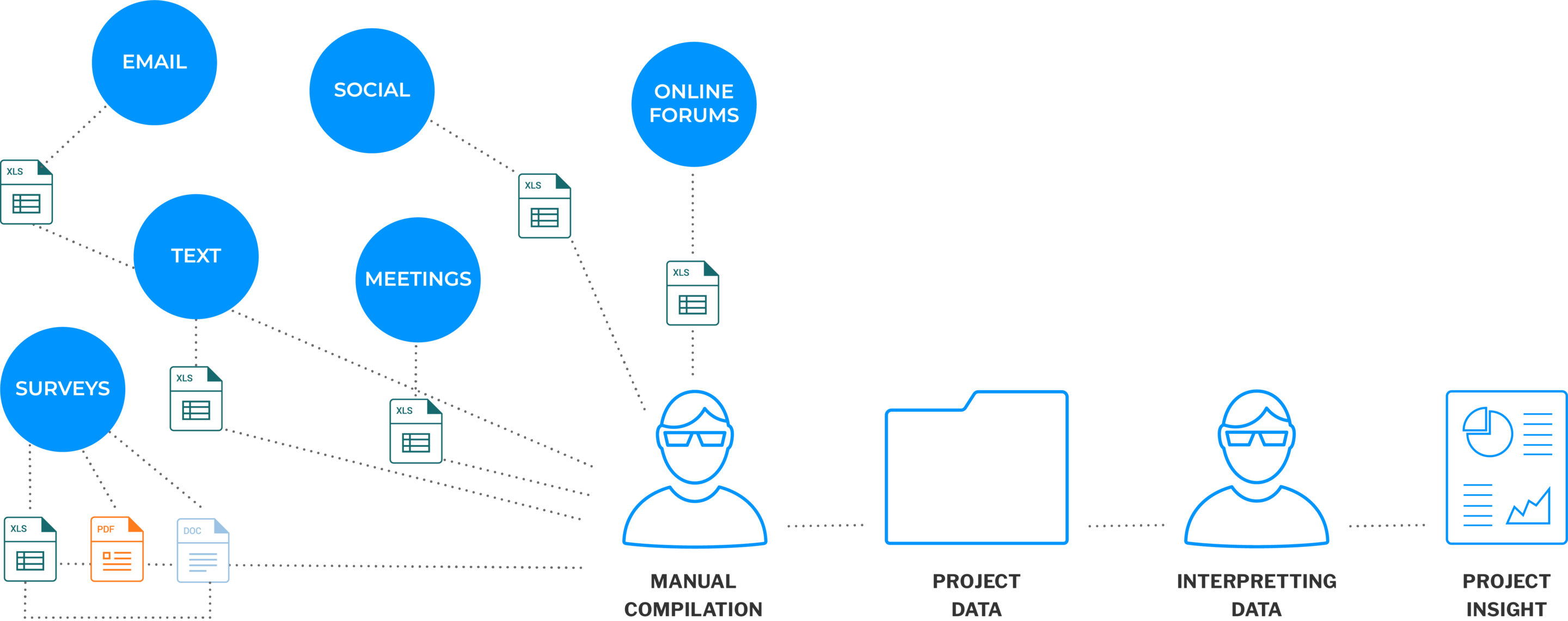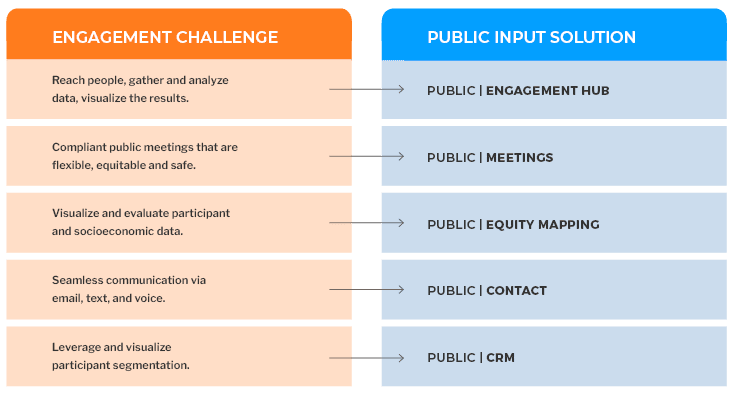
A Major Shift in Community Engagement Approaches
We live in a world where technology permeates almost every aspect of our daily lives: The Pew Research Center reports “93% of American adults use the internet.”
The impacts of technological innovation in the public and private sectors continue to grow at a rapid pace. In state and local government, whether it be virtual public meetings, investments in vehicle-to-everything (V2X) applications supported by 5G or working to decide how best to incorporate technology into the built environment, there is no going back to exclusively “conventional” methods.
When it comes to technology and community engagement meeting the public’s expectations to connect virtually is now the norm. For proof, look no further than the COVID-19 pandemic, which sent government organizations in search of virtual solutions like online townhalls.
For planners, elected officials and community practitioners, there is a lot at stake as they work towards engaging the public in a concerted and meaningful way for more informed decision making. Oftentimes disjointed, there is growing interest and desire by governing bodies to shift away from traditional and fragmented approaches to a more unified approach to community engagement.
What Happens When There Is a Disjointed Approach To Community Engagement?
For many, a disjointed community approach even with the use of technology, involved an elaborate web of pieced together tools, apps, platforms, and manual workarounds to connect and share information. Under this disjointed model, every tactic has its own tool or solution creating multiple, sometimes duplicative, tasks resulting in increased costs and decreased efficiency.
Here are a few costs of a disjointed community engagement approach:
– Requires manual compilation of data from multiple sources![]()
– Increased delays to the project and decision-making
– Siloed information leading to communication gaps
– Decreased ability to manage and demonstrate compliance around participation, equity, representation, and transparency
– Increased disconnect between residents and the decision-makers
– Increased risk of losing or misinterpreting data
While it “functions,” disjointed combinations of multiple technologies compound inefficiencies and become a detriment to civic engagement.

Opportunity Costs
Employing disjointed and inaccessible approaches to engagement results in a double loss for government agencies. The first, is missing the opportunity to capture valuable input from the community. Second, and probably the most impactful, is that the missing input increases the likelihood that governments will make a decision that does not fit their entire community or is based on an incomplete narrative.
What Does a Unified Approach To Community Engagement Look Like?
Technology that unifies community engagement enables project teams to launch a concerted civic engagement strategy, communicate, build momentum, collaborate (virtually and in-person), and close the feedback loop using one community engagement platform.
Unified community engagement increases efficiency and supports inclusive, data-driven decision-making. When paired with traditional tactics like in-person meetings, a complete community engagement platform accelerates the development of public trust and enables governments to be compliant with open government laws and community inclusion standards.

Learn how government agencies can saving time and effort while delivering a consistent, accessible and predictable resident experience in our new 2023 Resident Engagement Survey Results Report.



